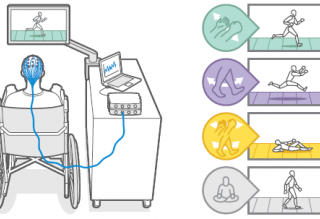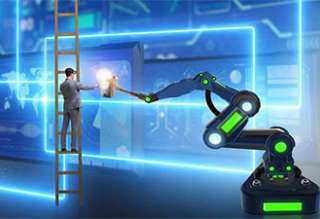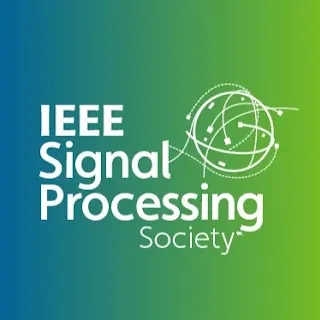Get Involved with Technical Committees via the Affiliate TC Membership
The Signal Processing Society (SPS) has 12 Technical Committees and 3 Special Interest Groups (SIGs) that support a broad selection of signal…
Read moreMicrosoft's Project Brainwave for real-time AI
Microsoft revealed a new deep learning acceleration platform at the Hot Chips conference held in California. The company has designed this new…
Read moreOpenAI Bot Defeated The World's Best Dota 2 Player
The world’s best Dota 2 player Dendi was defeated by an artificial intelligence (AI) in a 1v1 game during Valve’s yearly Dota 2 tournament on…
Read moreWhat Should We Learn From? How Paralysed Athletes Used a Brain-computer Interface to Win Gold at the Cyborg Olympics
In October 2016, inside a sold-out arena in Zurich, a man named Numa Poujouly steered his wheelchair up to the central podium. The 30-yearold, who…
Read moreRecent Patents in Signal Processing (August 2017) – Wavelet Analysis
For our August 2017 issue, we cover recent patents granted in the area of wavelet analysis
Read moreSignal Processing in Action: Gibson Custom Gives Les Paul Guitar a Secret Tone Weapon
Gibson, a guitar manufacturer, is know for pushing what the technology can do for die-hard guitar fans. The latest innovation, revolving around…
Read moreNews from the Speech and Language Processing TC
This issue features the next installment of our regular column, "Getting to Know Your Fellow Researchers", highlighting Douglas O'Shaughnessy, who is…
Read moreMore beautiful stories about Claude Shannon
Claude Shannon has changed electrical engineering, and he was one of the greatest influencers on the field of signal processing. In recent years,…
Read moreRecent Patents in Signal Processing (July 2017) – Image denoising
For our July 2017 issue, we cover recent patents granted in the area of image denoising.
Read more










